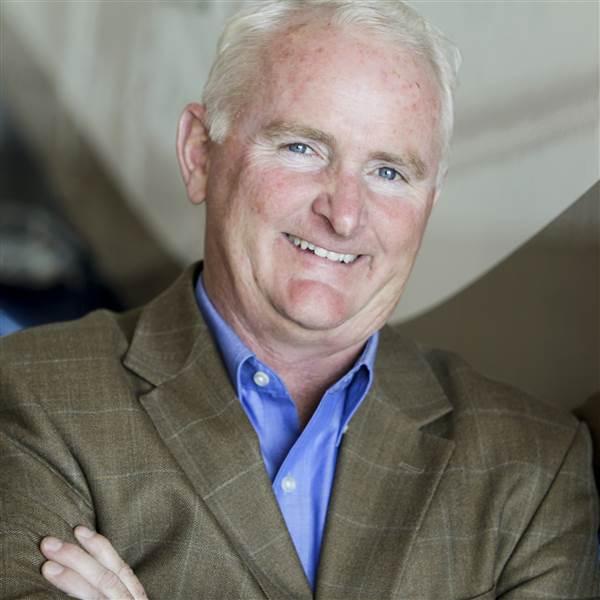President's Position: What makes a pilot
Traits we have in common
Probably not, but Tom Cruise, equipped with a leather jacket, aviator glasses, and an inverted F–14, sure makes being a pilot look cool. And maybe that’s the trick—the cool factor. Whether your goal is to join the Air Force, go the airline transport pilot route, fly for fun, create educational videos, or perform as an airshow pilot, the sky’s the limit in aviation. And even if you aren’t set on the pilot life, there are other rewarding careers within the industry, such as business management, marketing, aerospace engineering, or entrepreneurship.
While most of us don’t have our sights set on the level of recognition garnered by legendary greats such as Bob Hoover or John Glenn, we all share an appreciation and excitement for aviation. Regardless of whether you make a huge name for yourself in this industry, and whether flying is a part of your life or your whole life, there’s no question that we belong to a niche group. And while pilots and aviation enthusiasts welcome newcomers with open arms, all aviators must possess some basic traits. So, what makes a pilot?
Confidence is key. I’m not talking about Maverick-like arrogance, but the ability to make decisions and stick with them.or starters, confidence is key. I’m not talking about Maverick-like arrogance, but the ability to make decisions and stick with them. It’s a transferable trait that can be applied to other aspects of life. In fact, some of the best business leaders I know are war veterans who flew B–17s and Corsairs in their glory days. It makes sense. Leaders are often good decision makers, able to consume large amounts of information quickly, and aren’t opposed to risk—all qualities that make up a confident pilot.
While you’ll have a hard time finding a pilot who lacks confidence, it’s not the only trait one should possess. Humility is also crucial. Veteran pilots can log thousands of hours, but the best pilots are willing to learn from each flight. Even the most famous aerobatic performers practice their routines over and over because with flying, there aren’t many second chances. There is always room for improvement, and a good pilot must never settle for complacency.
Pilots must also be good communicators. Contrary to popular belief, we aren’t all extroverts who crave small talk and mingling at hangar parties. In aviation, however, clear communications are important. Behind the yoke, we must make our intentions known, whether it’s to ATC, to other aircraft in the vicinity, or even to the radio silence at a grassy airstrip in the middle of nowhere. It often comes as a surprise to nonpilots that talking on the radio can be one of the most challenging aspects of flying for some—even more so than guiding the heavy piece of metal blasting through the atmosphere at 170 knots.
Finally, one of the most important qualities of a good pilot is the ability to remain calm under pressure. That’s easier said than done. When you fly often, emergency situations are bound to arise. It’s not that easy to remain calm when your aircraft suddenly gets struck by lightning, or a vital instrument fails in adverse conditions, but the unexpected does happen; it’s just a matter of when. That’s why it’s critical for pilots to be prepared, to matter-of-factly take care of the situation, and, most important, to remain calm.
We all have our own strengths and weaknesses when flying. One pilot may be an ace when keying up the mic, while others may take longer to learn basic stick-and-rudder skills. But we’re all aware that these traits working in harmony are what make a good, safe pilot—you don’t have to do a low pass over the airport blasting Danger Zone to feel like a renegade. You can be flying low and slow in your Piper Cub with the freedom to be an adventurer, to explore remote mountainsides, to land on glassy water and backcountry terrain. Being a pilot will never lose its cool factor. Once we show that to the next generation, they’ll truly understand why we love what we do.
Email [email protected]



